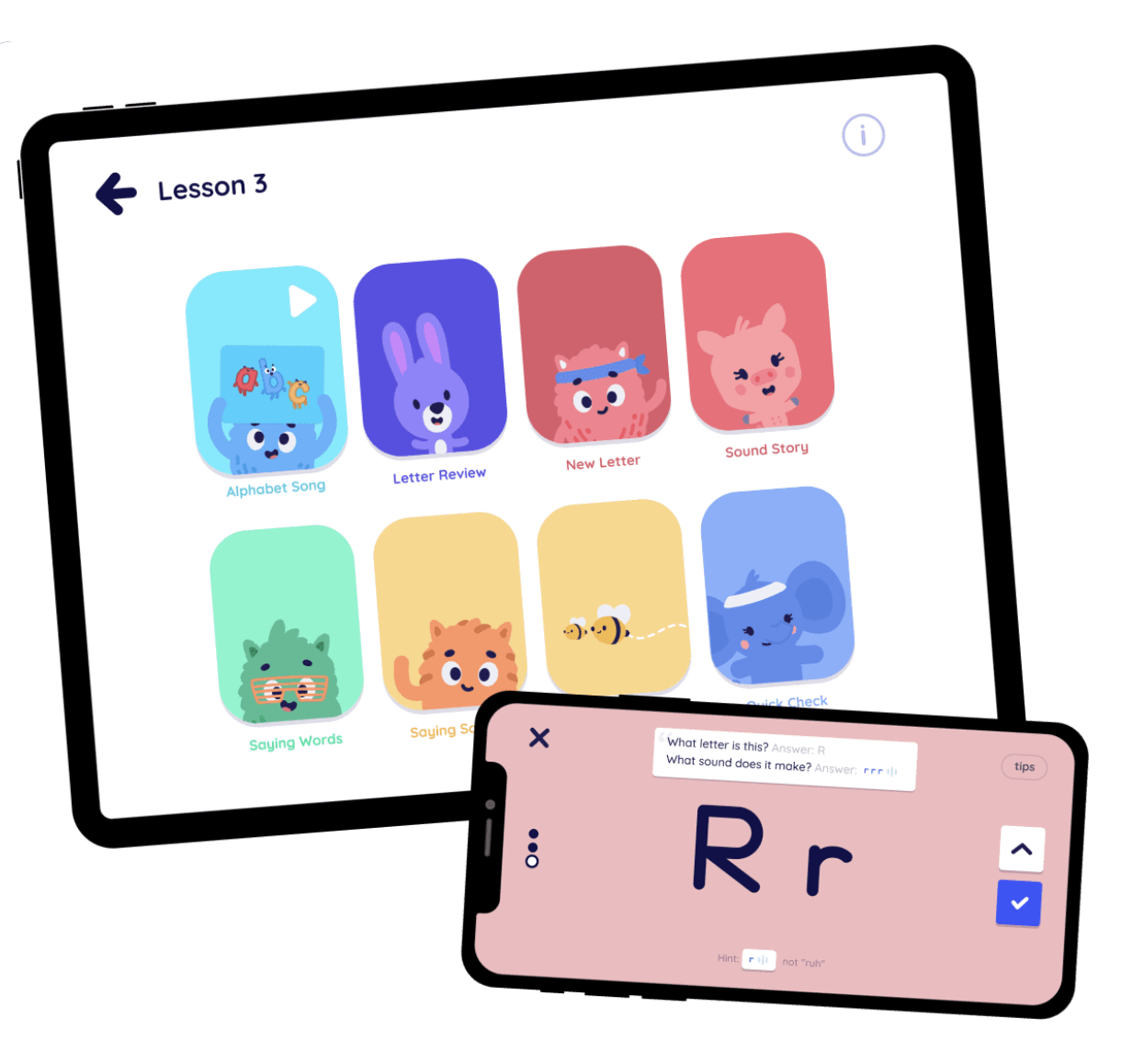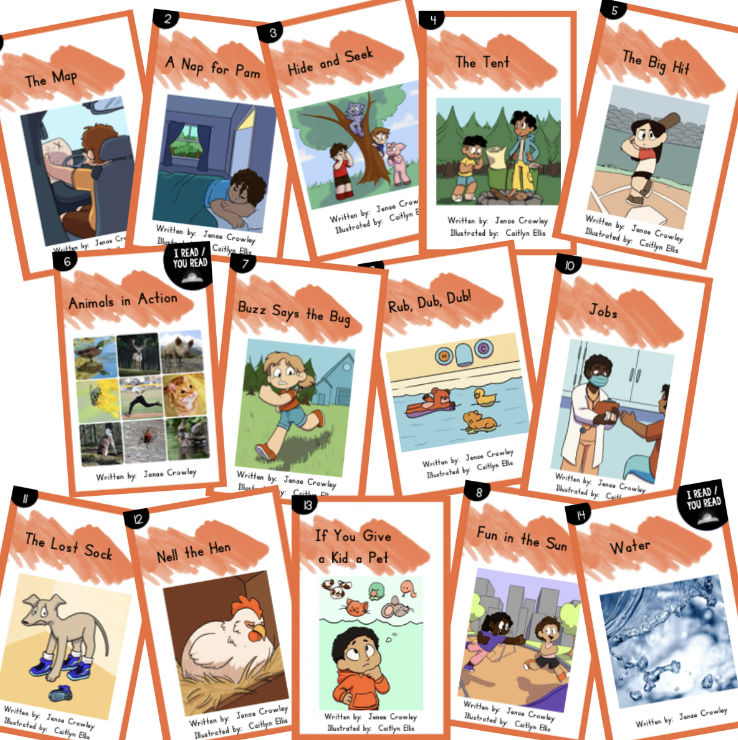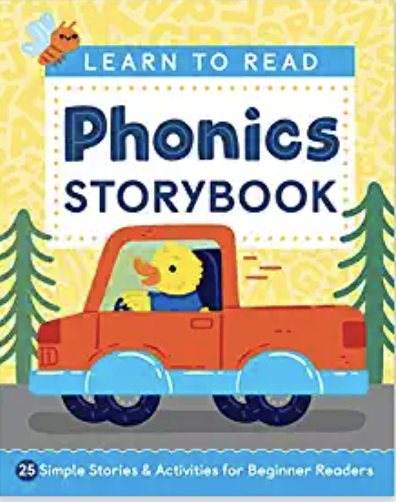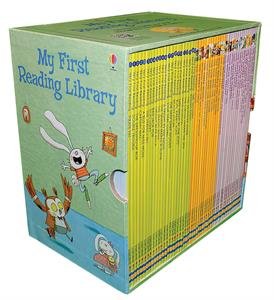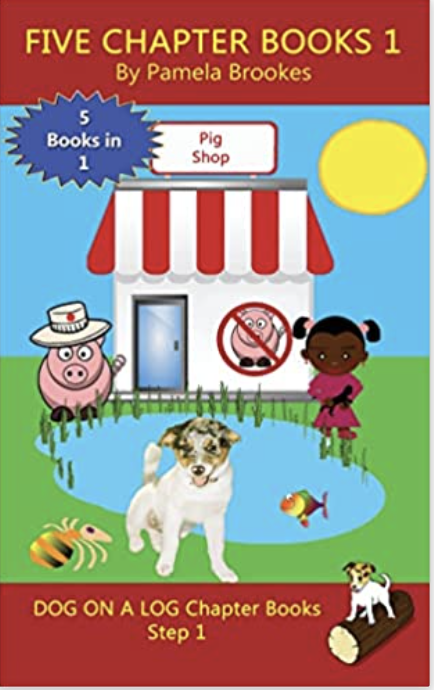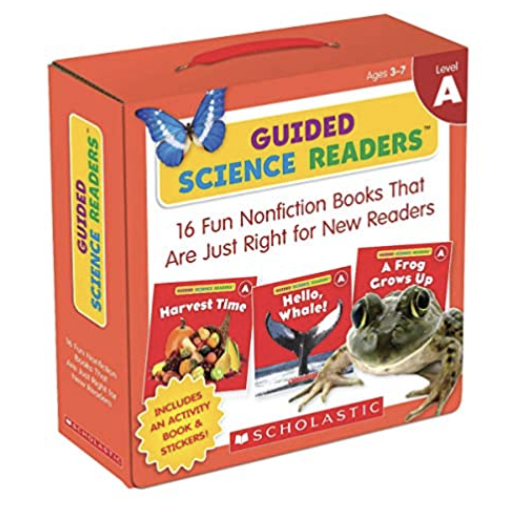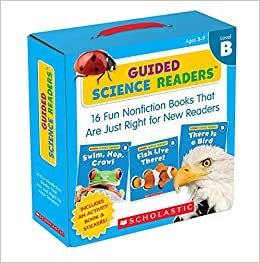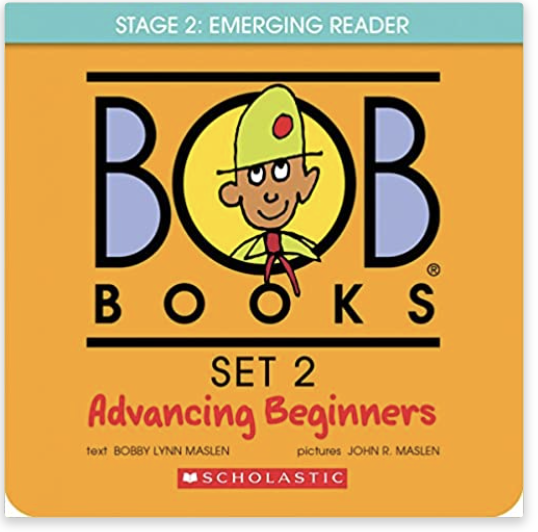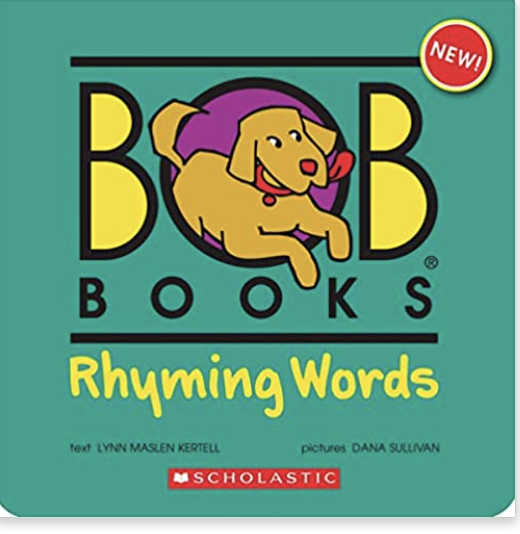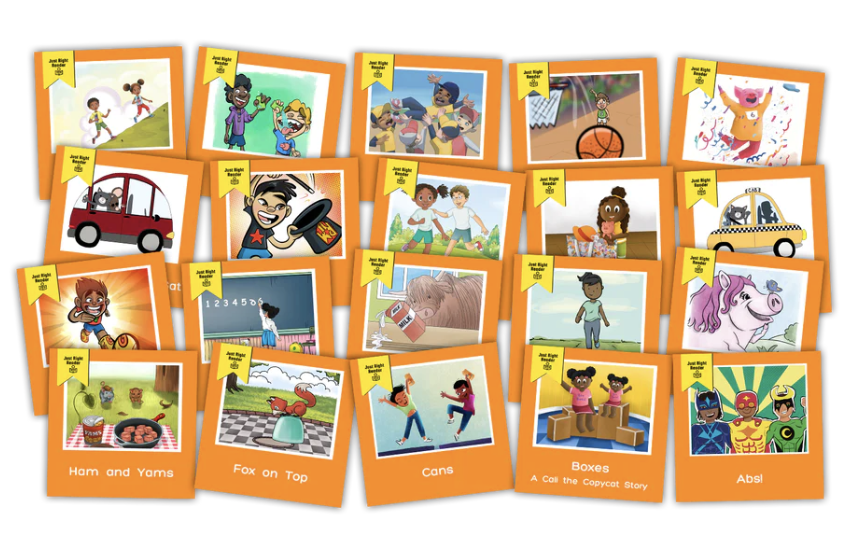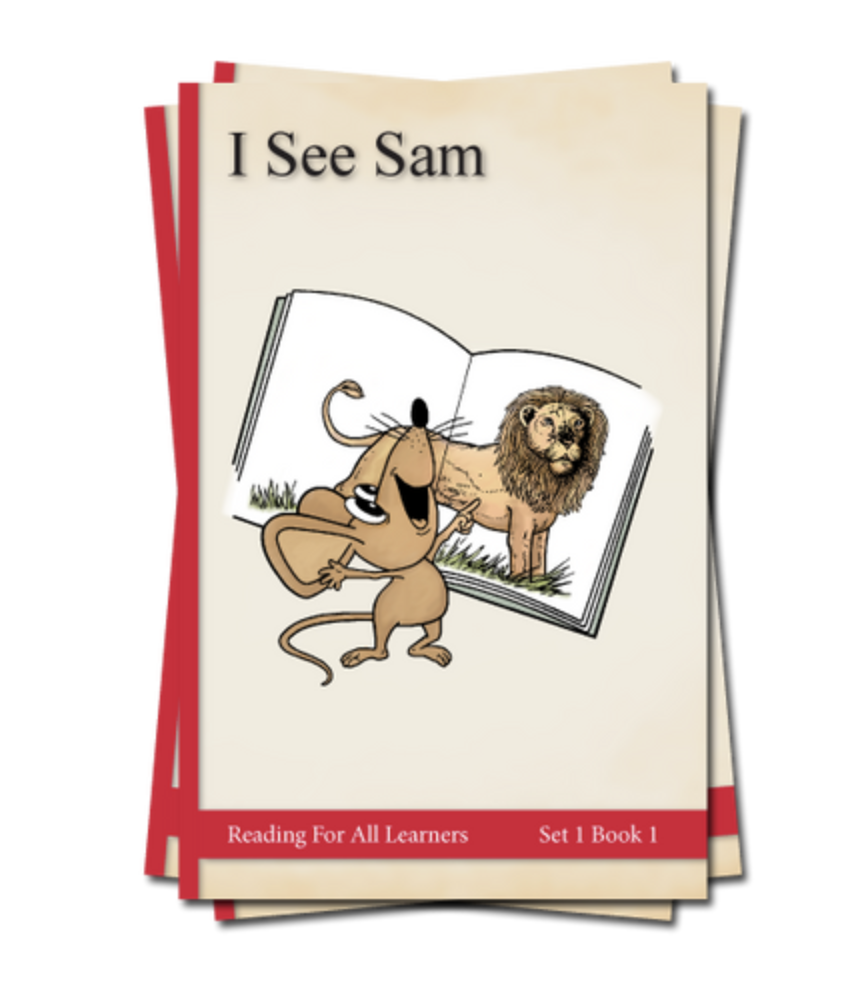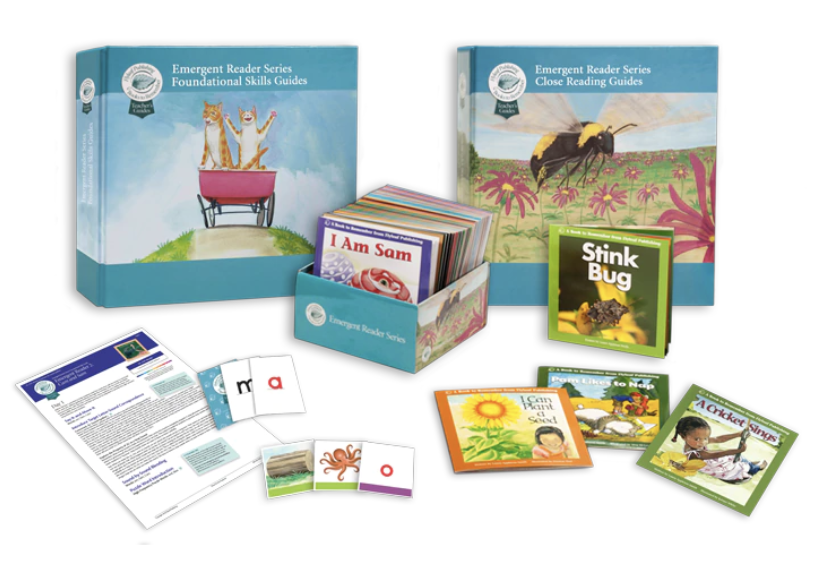Benefits of Decodable Text for Beginning Readers
Decodables are a type of text used in beginning reading instruction that force readers to practice their decoding skills instead of relying on pictures or guessing. Research on reading instruction shows decodable readers helps children decode (sound out words) and read words more accurately. Brain research also tells us decoding strengthens the neural connections in the brain and supports how the brain actually learns how to read.
As a reading specialist, I strongly encourage parents and teachers to use decodable readers to support beginning readers.
Decodable Readers:
Build the right strategies.
Support the child where they are in their reading journey, instead of bypassing important skills and introducing books they are not ready for.
Serve as a necessary stepping stone to more challenging books, which increases a child’s confidence and enjoyment in reading.
Help students practice their phonics skills with controlled text, meaning the decodable readers contain phonics skills that have been previously and explicitly taught and sight words that have been orthographically mapped.
Support strong reading fluency. Fluency begins at the word level with rapid and efficient decoding and automatic recognition.
Follow a sequenced, developmentally respectful progression.
Serve as a temporary bridge for emerging readers. When a child can read these books error-free, with confidence and fluency, they are ready for different books.
FIRST, LET’S REVIEW
Decodable Words: Words that are phonetically regular (following one of the six syllable types) and can sounded out.
Decodable Readers: short texts, written with words that follow common sound-spelling rules and mostly include words with phonics patters that children have already learned.
Sight Words: The Science of Reading does not advocate rote memorization of whole words. However, once a word has been orthographically mapped, it can be recognized easily at a glance, or recognized ‘on sight’. This core of words makes up a child’s reading and writing vocabulary. The larger the sight word vocabulary, the more fluent a reader becomes. When a child is repeatedly exposed to orthographic patterns in decodable readers, the phonics patterns become more automatic.
High Frequency Words: Words that appear frequently in text. High frequency words may be phonetically regular and decodable (i.e. and, like, get) or they may contain phonetically irregular elements (i.e. some, of, said, was).
Trick or Heart Words: Words that have phonetically irregular components. Many high frequency words are trick words.
Phonics: how letters on the page represent the spoken sounds children hear. Learning that there are predictable relationships between sounds and letters allows children to apply these relationships to both familiar and unfamiliar words, and to begin to read with fluency. Countless studies show explicit phonics instruction significantly improves children's word recognition, spelling, fluency, and reading comprehension. It is most effective when it begins in kindergarten.
IDEAL PROGRESSION
You can access my reading skills checklist here.
Ideally, children are explicitly taught phonics skills in isolation and then apply these skills in text through decodable readers. Think: crawl, walk, run.
Decoding the same word several times helps kids link the sound to the spelling in their minds, which leads to more fluent reading. When children read with automaticity and fluency, it is less effortful. This allows them to progress in their reading skills AND comprehend more. Win, win!
WHAT’S BEING TAUGHT IN SCHOOLS
Researchers agree decodable text is ideal for children first learning to sound out words. In fact, there’s more research on decodable text than on other types of early reading materials, like leveled readers.
Yet, in Education Week’s recent national survey of early reading teachers, “only 23% said beginning readers should be using these texts most often. The majority, 61 %, said that students should be reading books with high-frequency words, predictable sentence structures, and pictures that emphasize meaning. Often called leveled books, these texts are rated on a difficulty scale. Teachers aim to match students with books at their level.”
Leveled readers are written with predictable sentence structures and pictures that emphasize meaning so children can use context clues and strengthen their comprehension skills. The words are not rooted in specific skills and likely don’t line up with the phonics patterns students have learned, which can cause a lot of frustration for a new reader.
GOOD TO KNOW
There are no research-based rules on how much time a beginning readers should spend with decodable text. Follow the child’s lead and support them where they are.
There isn’t any evidence to suggest that a 90% decodable book is more effective than one that’s 75% decodable.
TOP RECOMMENDATIONS
I recently found this set and have been using it with my daughter (6). I’m so impressed by the quality and affordability. It aligns with an appropriate phonics sequence, and includes comprehension review in the back. Use code sunnyseed to save 10%.
Another cool option is the reading app from Reading.com. It includes 99 lessons, beginning with letters through sequenced phonics skills and includes phonemic awareness practice, blending, decodable readers, comprehension, letter formation, and fun songs.
It is designed for parents to work alongside their child for 15-20 minutes a day. I still strongly advocate for physical books, but this is a really nice supplement that aligns with direct instruction research and gives parents a solid outline so critical skills are not missed! Try it for free with this link.
OTHER DECODABLE TEXTS
Beginner decodables that actually tell interesting stories and include comprehension questions.
These begin with “I read, you read” where the adult reads to build background knowledge and the child reads phonics-based words that increase in difficulty. I really like the comprehension questions in the back of each book.
Ideal for young readers with simple illustrations and storytimes.
These are the easiest and most affordable to find at the library, online, or on Scholastic. They start with very simple text and move up through stages of complexity.
My students loved the animals, multicultural characters, and silly storylines.
Fiction and nonfiction stories with increase in more interesting content, making them ideal for also supporting fluency and comprehension. They also include detailed black and white illustrations,
Reading for All Learners: See Sam Books
Funny animals, engaging yet simple storylines, and ideal for mid-kindergartners to second grade.
Written especially for beginner, catch-up and special-needs readers.
If your looking for readers that feel like authentic books, these are it!
These 16 books follow a scope and sequence from Fundations Reading Program.
OLDER READERS (Grades 2+)
CHAPTER BOOKS
ONLINE


